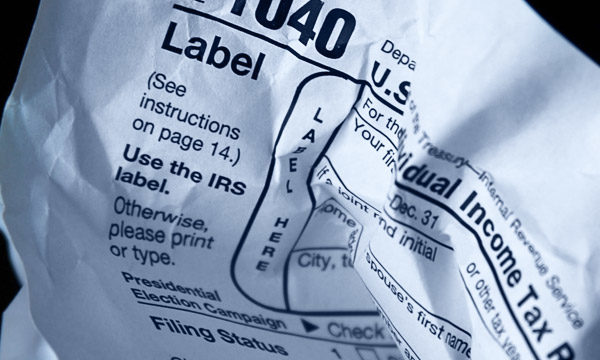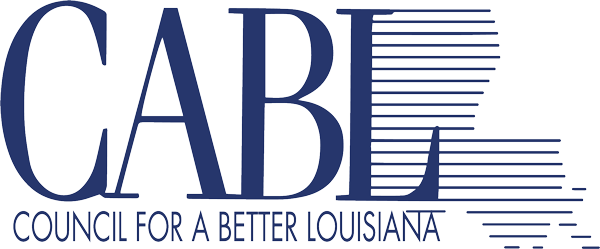
With the session basically halfway over, it’s difficult to tell what the outcome will be, but some things are certainly becoming more clear. One is the fact that no matter how much people want to continue to cut state government, it’s hard for them to find the places where most even generally agree that they should.
That’s not to say it’s impossible. It’s just that the “easy” things are long gone. And, yes, there’s a strong sense that in the behemoth that is state government there’s got to be some waste or fraud or unnecessary spending that one ought to be able to squeeze out. Probably most people would agree with that. But it’s hard to deny that finding it all has proven elusive.
So we’ve turned to other things. Unfortunately, there are only so many years of hiring freezes you can have. So many years of halting travel, eating inflation, and absorbing retirement and health care costs. Those things do save you money for a while, but just as tapping the Rainy Day Fund is a temporary fix, so is invoking those practices as a substitute for more permanent solutions. After years of budget reductions, when will practices like those ever put us in a position where we might be able to reinvest?
Which is why the current discussion at the Capitol sounds so familiar. Wish as we might, those things haven’t solved our structural problems, and that’s why we’re still talking about making cuts to things that most lawmakers will tell you they don’t really want to cut – higher education, health care, corrections, and funding for public schools. That’s a disconnect that just doesn’t seem to make sense.
Can we find a way to manage through the current fiscal mess yet again? Certainly we can and ultimately we probably will. But then the vicious cycle of the last nine years just starts anew with the very same cuts on the table yet again. At some point, we as a state have to come to grips with the fact that this has to stop if we’re to avoid reaching a level where we’re locked in at 50th on every list of all things bad.
So what’s the answer? There are no easy ones and the solutions of today are basically the same ones past leaders could have undertaken but didn’t.
We have to look at all our spending and actually stop doing some things that we’re doing. That’s the only way to really save permanent dollars.
We need to open the budget up completely and take an all-inclusive look at every area that is receiving dedicated funding. Lawmakers still might not cut much of that, but at least everything will have seen the light of day. The same is true with tax credits and exemptions.
And, we need to figure out what our true priorities are. The governor is criticized for not cutting more in certain areas, and that’s fair. He presents the budget and establishes his priorities. But after that, it belongs to the Legislature and lawmakers can re-write those priorities if they choose to and, quite frankly, it should be their responsibility to do so.
The problem is we’ve known all this all along. So if the result is going to be the same year after year, perhaps we should just acknowledge it, come to grips with it, and figure out what to do next. Memo to all: across-the-board cuts where we shrink everything and build on nothing is not a solution.
All this, of course, puts a greater focus on the regular session that is looming. That’s an opportunity to make the structural changes everyone is talking about. Clearly, that won’t be any easier than what lawmakers are going through now. But you have to ask yourself, do we really want to test any further the depths to which we still might have room to plunge? Let’s hope not.
